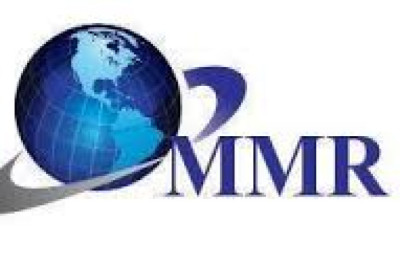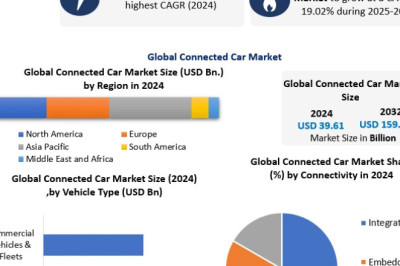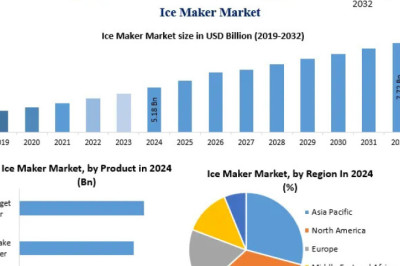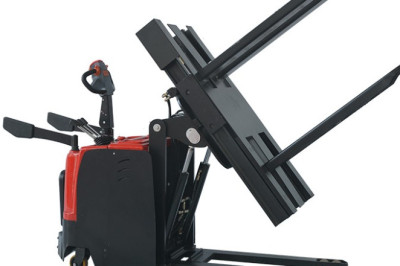views
The future prospects of the retail display rack industry in 2021
It has to be said that 2020 is a "historic" or"different" year. Everyone is happy to "turn the page" in2020 and put an extremely difficult year behind them. Most of us are optimistic about 2021 when we hope to return to "normal" levels. But as we enter2021, we are still in the throes of a global pandemic, with the new coronavirus wreaking havoc on international supply chains and posing a continuing threat to our global economic system. So what will the retail display rack industry look like in 2021?
A new U.S. president will assume leadership roles, but trade tensions between the United States and China also continue to weigh heavily on the world economy and will be felt especially keenly in 2020. Even though we know how bad things are right now, we can still analyze some key indicators or underlying trends that can at least give us clues for the year ahead. Our overall conclusion is that retail display racks will become more expensive in 2021 due to inflationary pressures related to material, labor, transportation, and currency fluctuations.
Material prices - While our focus has been on coronavirus infection and mortality, raw material prices have also increased relatively quickly. Since metals are commonly used to make display shelves andChina provides 51 % of the world's steel supply, understanding steel price trends in China is instructive. The chart below shows the cost in RMB per ton. Prices have risen 25 % since April, meaning the cost of raw metals for Chinese factories has been rising sharply. Although aluminum is used less often in display racks, prices in China have seen a similar rise, up 24 % since April 2020.
At the same time, lumber prices in theUnited States have increased even more because of some supply disruptions related to the new coronavirus (such as reduced factory capacity and closures). The chart below shows that the average price of lumber per 1,000 board feet in the United States increased from $258 in March to $873 at the end of 2020, 238%increase. We expect prices to fall slightly as more capacity comes on stream, but are likely to remain above 1Q2020 levels.
Labor Costs -- Labor, along with materials, is a key factor in the cost of a retail display rack. Wage inflation in China continues to rise. For example, from2018 to 2019, the average annual wage in the manufacturing sector increased from 72,088 yuan to 78,147 yuan, an increase of 8.4 %.
At the same time, wages in the United States have continued to rise. By January 1, 2021, 20 states had raised the minimum wage. California, New Jersey, Illinois, and Arkansas were among those states that implemented increases of$1.00 per hour, while New Mexico's minimum wage increased by more than 16 %between $9.00 and $10.50.
Transportation cost - Transportation cost is also an important factor in the price of a Retail display stand. Trans-Pacific Marine freight costs have increased significantly during 2020, partly due to reduced capacity associated with Novel Coronavirus. One measure of freight costs in Shanghai is the Shanghai Container Freight Index, which increased more than two-and-a-half times between the summer of 2020 and the end of the year.
Currency trends - Currency changes may play a big role in the prices that Chinese factories offer to U.S. importers. The renminbi has risen about 9 % against the dollar since May 2020, prompting many factories to raise prices.
All in all, we join the rest of the world in holding out hope for an end to COVID-19 and global economic recovery. However, we expect the cumulative impact of higher material costs, higher labor rates, higher shipping rates, and currency trends to lead to higher retail display stand prices.











